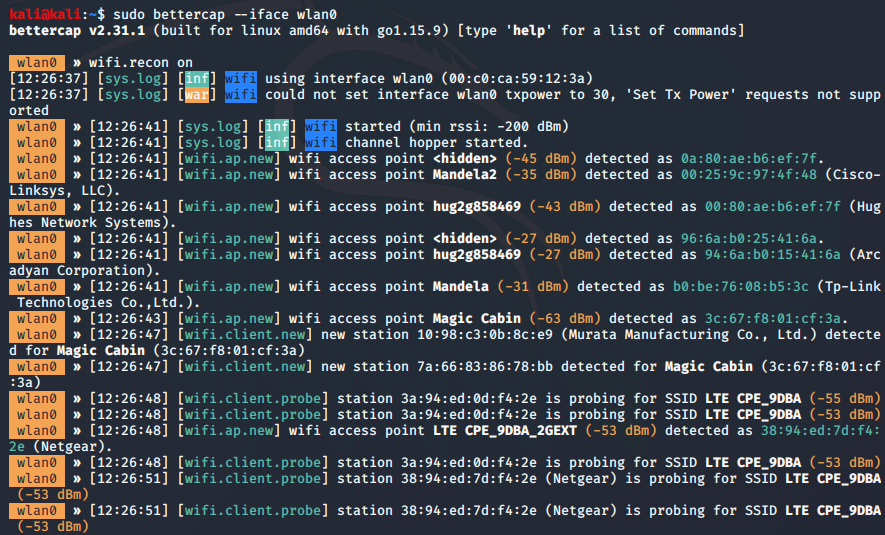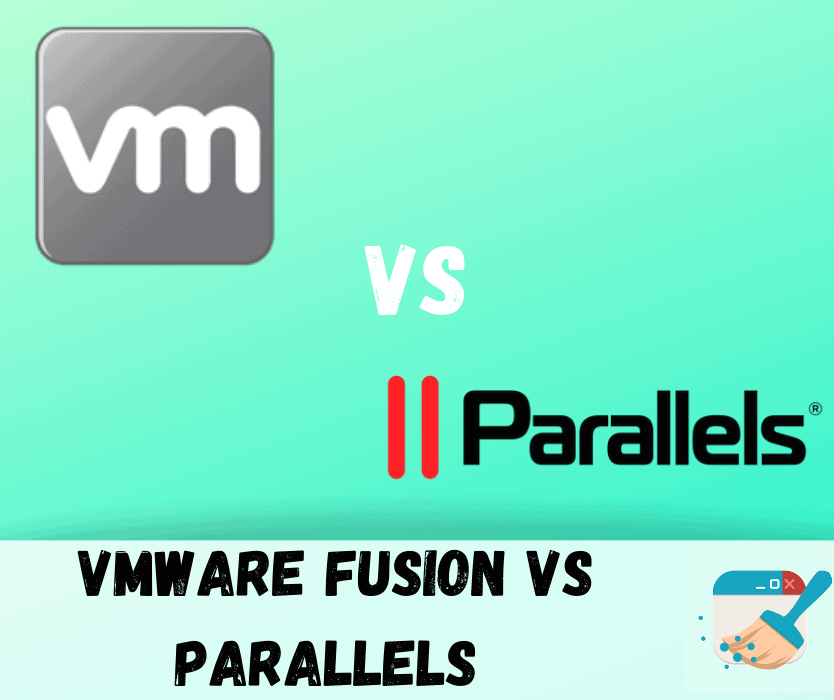

- PARALLELS VS VMWARE HACKING INSTALL
- PARALLELS VS VMWARE HACKING DRIVERS
- PARALLELS VS VMWARE HACKING DRIVER
- PARALLELS VS VMWARE HACKING PRO
- PARALLELS VS VMWARE HACKING MAC
I also ran these same programs on a ThinkPad T60 just to make sure I knew how they ought to look in physical hardware with a stock video card. I ran a few programs that make use of 3-D graphics and DirectX to see how they fared. In short, Parallels does too good a job of preserving the true Windows experience.Įntering the 3-D world One of the places where both products claim improvements upon earlier versions is 3-D graphics.
PARALLELS VS VMWARE HACKING DRIVER
You then have to go through the usual process of finding a driver that matches the printer, installing one if it isn't available, then setting up the printer. In Parallels Desktop, on the other hand, the printer shows up as a parallel port.
PARALLELS VS VMWARE HACKING DRIVERS
Fusion uses the drivers already installed in OS X to do the work.
PARALLELS VS VMWARE HACKING MAC
VMware has supplied virtual print drivers that act as shims between the Windows environment and the Mac printer drivers.

There are some improvements in these new versions, and I'm happy to report both print reliably, although Fusion has the upper hand. Preserving a true Windows experience In previous versions of both Parallels and Fusion, I had trouble getting printing to work. Parallels also gives you the option, called Safe Start, of reverting to the state of the machine when it was started.īoth products performed well on the basics, so I decided to dig into some of the corners where virtualization products have typically lagged to see how they stacked up. Auto snapshots are taken on a scheduled basis as a way of protecting your machine whether you remember to take a snapshot or not. In this release, both vendors have added auto snapshots. Both now also allow you to store multiple snapshots, although Parallels still has the advantage here in terms of user interface. Both packages make installing the guest tools easy for Windows users and doable for Linux users.īoth Fusion and Parallels have long had the ability to take snapshots of the state of the machine and undo any changes later. Much of the integrated experience, not to mention nice features - such as being able to resize the screen and cut and paste between the guest and your Mac - depend on them. These tools are a set of device drivers that let the guest OS talk to the virtualized hardware presented by the hypervisor.
PARALLELS VS VMWARE HACKING INSTALL
Whether you choose Fusion or Parallels, you won't have a seamless dual-OS experience unless you install the guest tools in the guest system. In the case of my review, Parallels and Fusion both offered Word 2007 on the "Open with…" menu when I right-clicked the file. Both environments provide a way to get to applications on the guest (the virtual machine) from the Mac desktop. You'll also need plenty of disk space, since each virtual guest machine you create takes multiple gigabytes of disk space.īecause the integrated experience is an important selling point of Fusion and Parallels, I wrote this review with both Office 2007 on Windows and Office 2008 on the Mac using a single document and shared folders, using both Parallels and Fusion.

I have 4GB of memory - abundant RAM is a must-have for a good experience with either product.
PARALLELS VS VMWARE HACKING PRO
I tested both packages on my MacBook Pro (2.4GHz Intel Core 2 Duo running OS X 10.5.5). Fusion sports a completely redesigned, Cocoa-native interface and preference pane that makes it a more natural fit in the Mac environment. Parallels now supports SMP (symmetric multiprocessing) and 64-bit operating systems. The biggest change in these platforms since my last review is that both vendors have filled in glaring holes. That said, there are differences between them, and depending on your exact needs, you might find one a better choice than the other. Both systems offer easy Windows install, and both support even the most taxing Windows applications with aplomb. The most important thing about both of these products is what hasn't changed: Pick either one, and you'll get a solid performer that lets you run Windows or Linux on your Mac. They provide what's called a hypervisor, which can host multiple guest OSes running at the same time. Both Fusion, now in Version 2.0.1, and Parallels, in Version 4.0, allow you to run another OS - Windows, Linux, and others - on your Mac as a guest of OS X. Since then, both products have undergone major revisions, so I thought I'd see how this horse race is coming along. A little more than a year ago, I reviewed VMware's Fusion 1.0 and Parallels Desktop 3.0 to see how they stacked up.


 0 kommentar(er)
0 kommentar(er)
